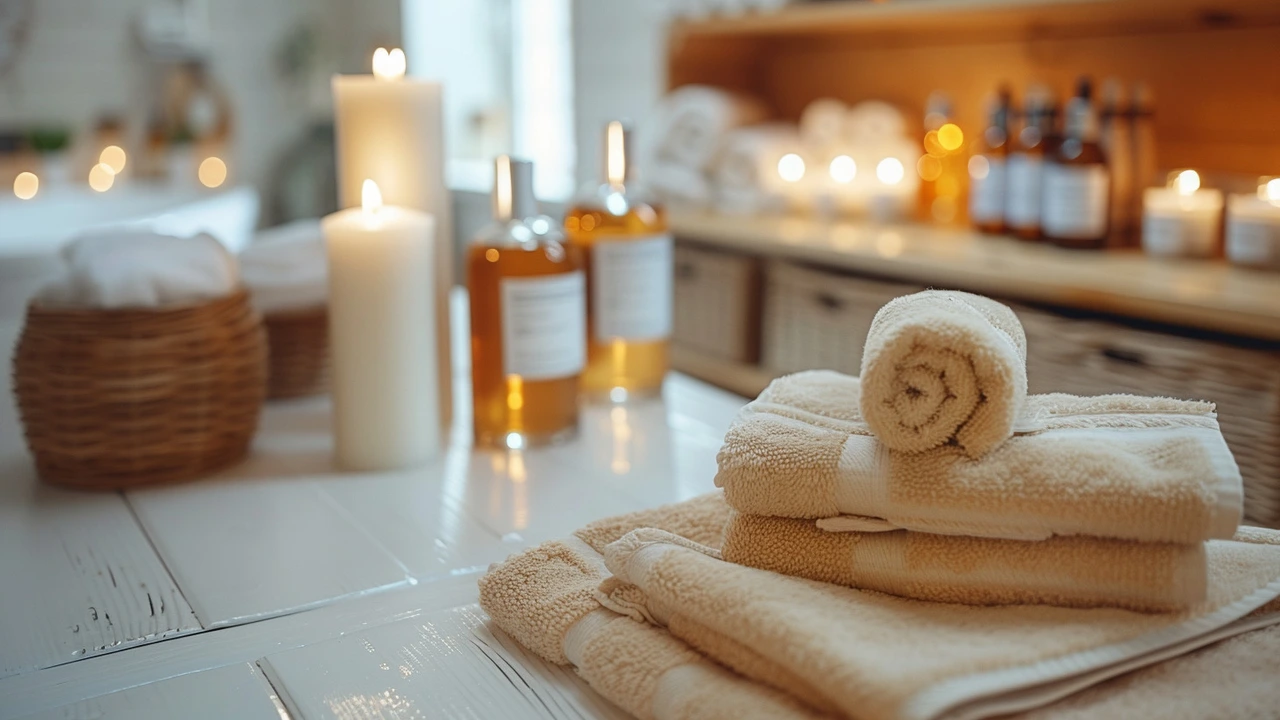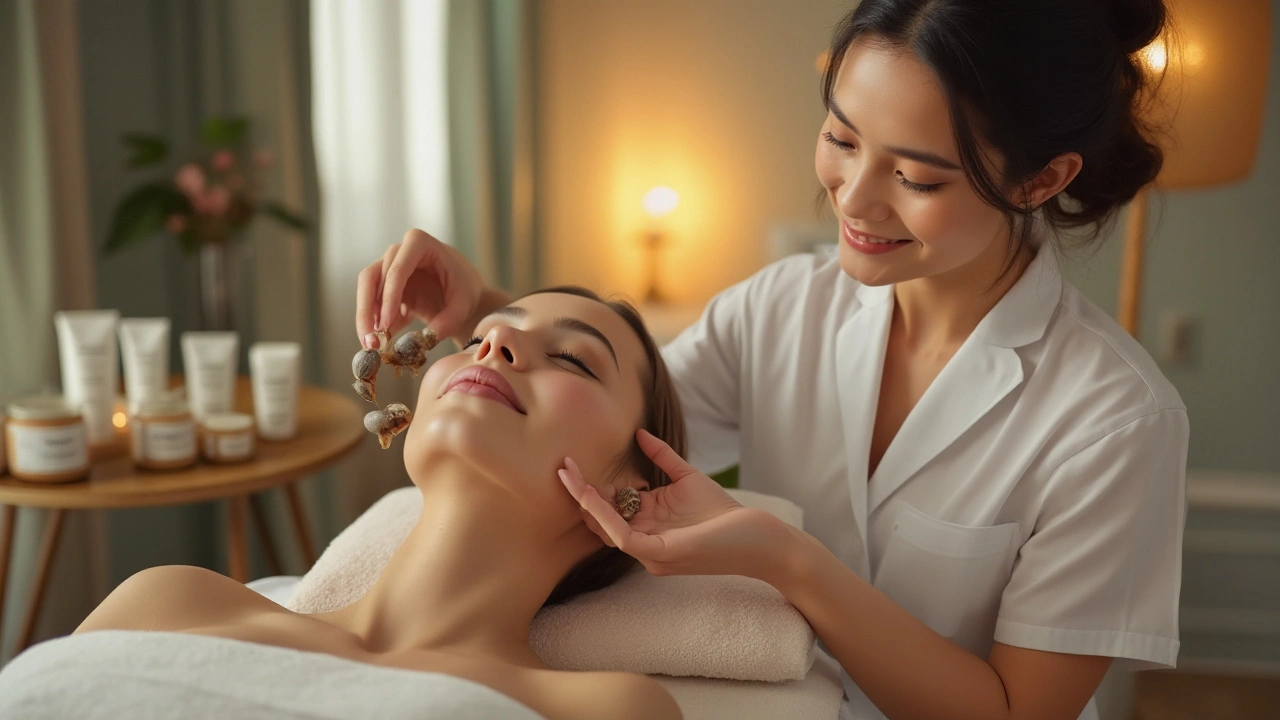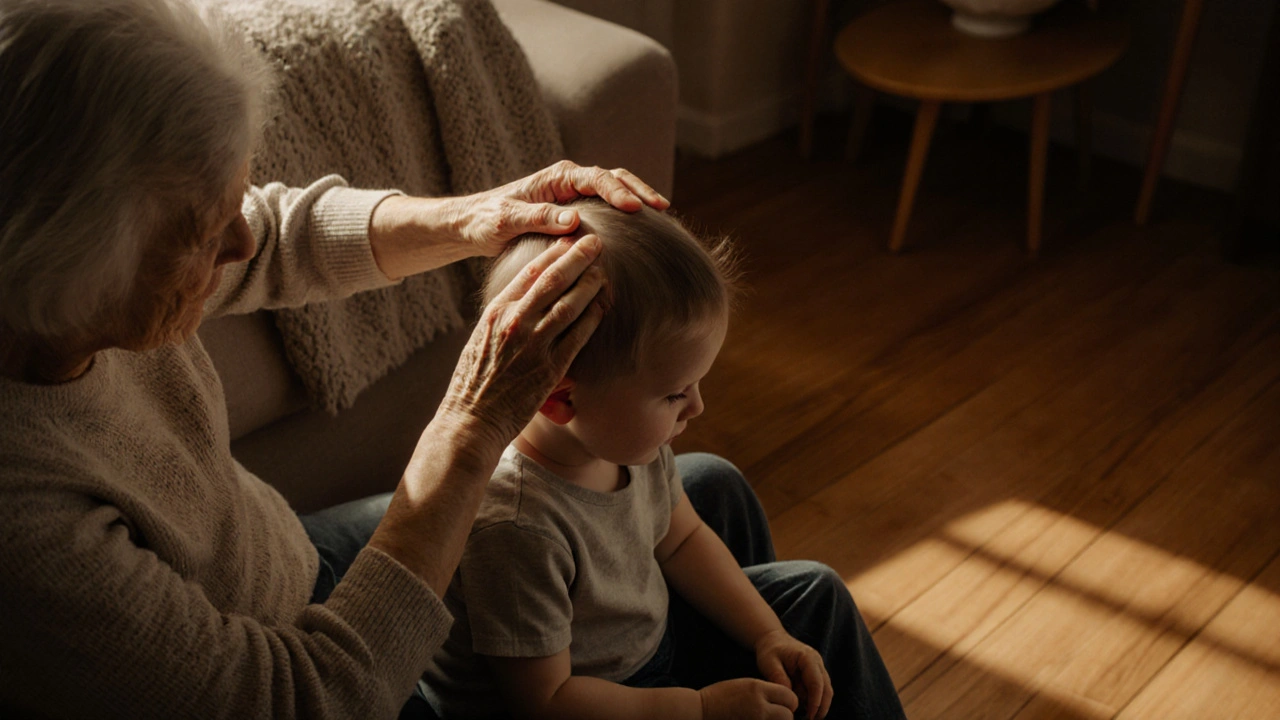Revitalize Your Health with Ayurvedic Massage: A Natural Path to Balance
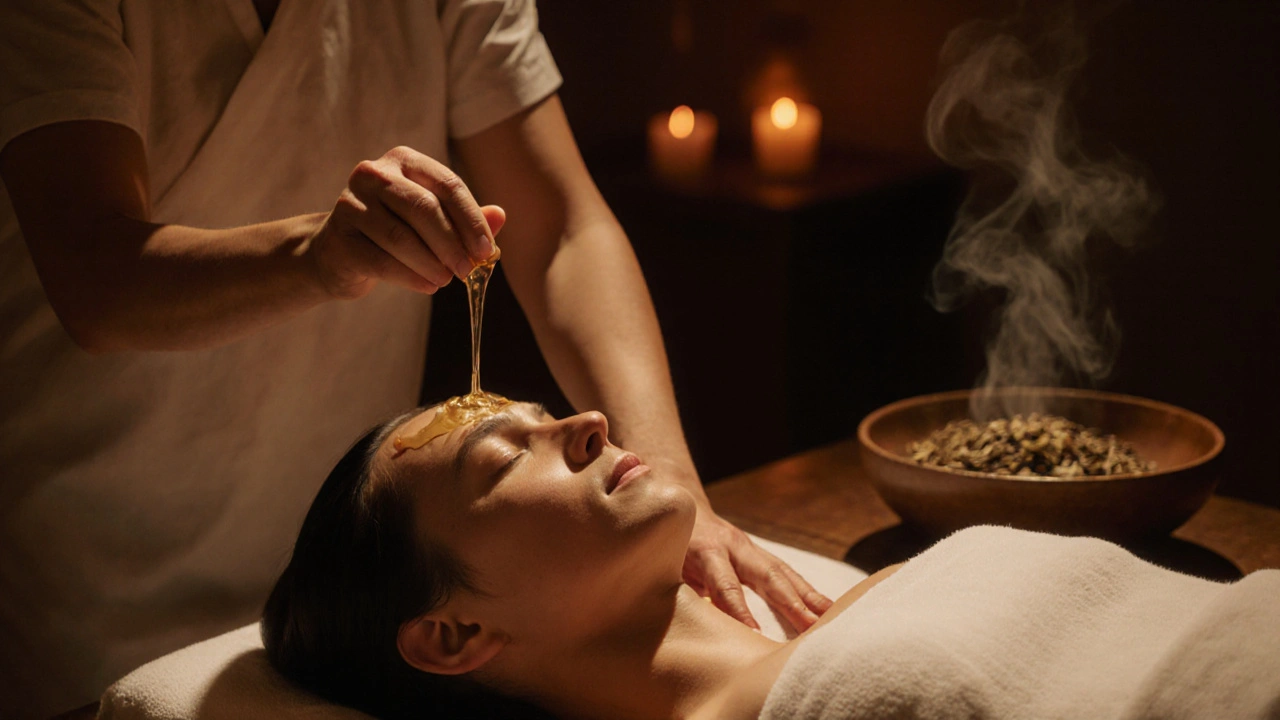
Ayurvedic Dosha Assessment Tool
Find Your Ayurvedic Dosha
Answer these 6 questions to discover your dominant dosha and personalized oil recommendations for maximum benefit from Ayurvedic massage.
Dominant Dosha
Recommended Oil
Key Benefits
When your body feels heavy, your mind won’t quiet down, and sleep feels like a distant memory, it’s not just stress-it’s imbalance. Ayurvedic massage, practiced for over 5,000 years in India, isn’t just about relaxation. It’s a reset button for your entire system. Unlike regular massage that targets sore muscles, ayurvedic massage works from the inside out, using warm herbal oils and rhythmic strokes to clear blockages, restore energy flow, and bring your body back into harmony. This isn’t a spa trend. It’s medicine. And it works.
What Makes Ayurvedic Massage Different?
Ayurveda means "science of life." It’s not a single technique-it’s a whole system of health based on three core energies called doshas: Vata, Pitta, and Kapha. Everyone has all three, but one usually dominates. Your dosha determines your body type, digestion, sleep patterns, and even how you handle stress. Ayurvedic massage isn’t one-size-fits-all. A Vata-dominant person gets slow, grounding strokes with sesame oil. A Pitta type gets cooler oils like coconut to calm heat. Kapha folks get faster, energizing movements with mustard or eucalyptus oil. The oil isn’t just for glide-it’s loaded with herbs like ashwagandha, turmeric, and neem that penetrate the skin and reach deep into tissues.
Most massage therapists focus on knots. Ayurvedic practitioners look at the whole picture: Are you constipated? Do you feel anxious at night? Is your skin dry or oily? Your symptoms tell them which dosha is out of balance. Then they choose the right oil, pressure, and rhythm. This isn’t guesswork. It’s personalized healing.
How It Actually Changes Your Body
Studies from the All India Institute of Medical Sciences show that regular ayurvedic massage improves circulation by up to 37% in just four weeks. That means more oxygen and nutrients reach your cells. But it’s not just about blood flow. The massage stimulates lymphatic drainage-your body’s natural detox system. Toxins trapped in fat and connective tissue get flushed out. You start sleeping deeper, your skin glows, and brain fog lifts.
One 2023 trial in Bangalore followed 120 people with chronic fatigue. Half received weekly ayurvedic massage for eight weeks. The other half got standard Swedish massage. The ayurvedic group reported 68% more improvement in energy levels. Why? Because they weren’t just relaxing-they were removing ama, the sticky, toxic residue that builds up from poor digestion and stress. Ama clogs channels in the body. Ayurvedic massage melts it away.
And it’s not just physical. The rhythmic, flowing strokes activate the parasympathetic nervous system-the part that says, "You’re safe now." Your heart rate drops. Cortisol, the stress hormone, falls. Within minutes, you’re not just calm-you’re reset.
The Oil Is the Secret Weapon
You can’t do ayurvedic massage without the right oil. It’s not coconut oil from the grocery store. Authentic ayurvedic oils are infused with herbs and warmed to body temperature. Common bases include sesame (for Vata), coconut (for Pitta), and mustard (for Kapha). Each oil carries specific healing properties:
- Sesame oil: Warming, grounding. Ideal for cold, dry, or anxious types. Rich in antioxidants and vitamin E.
- Coconut oil: Cooling, calming. Best for fiery, irritable, or inflamed types. Naturally antibacterial.
- Mustard oil: Stimulating, detoxifying. Used for sluggish, heavy, or congested types. Helps break down fat and mucus.
Herbs like ashwagandha (for stress), turmeric (for inflammation), and brahmi (for mental clarity) are slow-steeped in these oils for weeks. This isn’t aromatherapy. This is phytochemistry-plant medicine delivered through the skin. The oil doesn’t just sit on top. It absorbs into the bloodstream within 20 minutes.

What Happens During a Session?
A typical session lasts 60 to 90 minutes. You lie on a warm table, draped in cotton. The therapist begins with gentle strokes along your spine-this activates the central nervous system. Then they move to your limbs, using long, sweeping motions. The pressure isn’t deep tissue. It’s rhythmic, like waves. You might feel tingling or warmth spreading through your muscles. That’s the oil working.
Special techniques include abhyanga (full-body oil massage), shirodhara (warm oil poured slowly over the forehead), and pizhichil (oil bath with cloth-wrapped sponges). Shirodhara alone has been shown in clinical studies to reduce anxiety as effectively as mild anti-anxiety medication-without side effects.
After the massage, you rest for 15 minutes. Then you take a warm shower-not cold. Cold water shuts down the absorption. Warm water opens the pores and helps the herbs sink deeper. You’ll feel light, but not sleepy. It’s a clear-headed calm.
Who Benefits Most?
Ayurvedic massage isn’t just for people with chronic pain. It’s for anyone feeling off-kilter:
- Busy professionals: If you’re always on, but never energized, this helps reset your nervous system.
- Parents: Sleep-deprived and emotionally drained? It restores emotional resilience.
- Menopausal women: Hot flashes, mood swings, insomnia-ayurvedic oils balance hormones naturally.
- Athletes: Speeds recovery, reduces inflammation, improves flexibility without stretching.
- People with insomnia: Shirodhara is one of the most effective natural sleep aids available.
It’s not for everyone. If you have open wounds, fever, or acute inflammation, wait. Don’t do it if you’re pregnant without consulting a trained practitioner. And never use hot oil if you have sensitive skin or allergies. Always ask for a patch test.
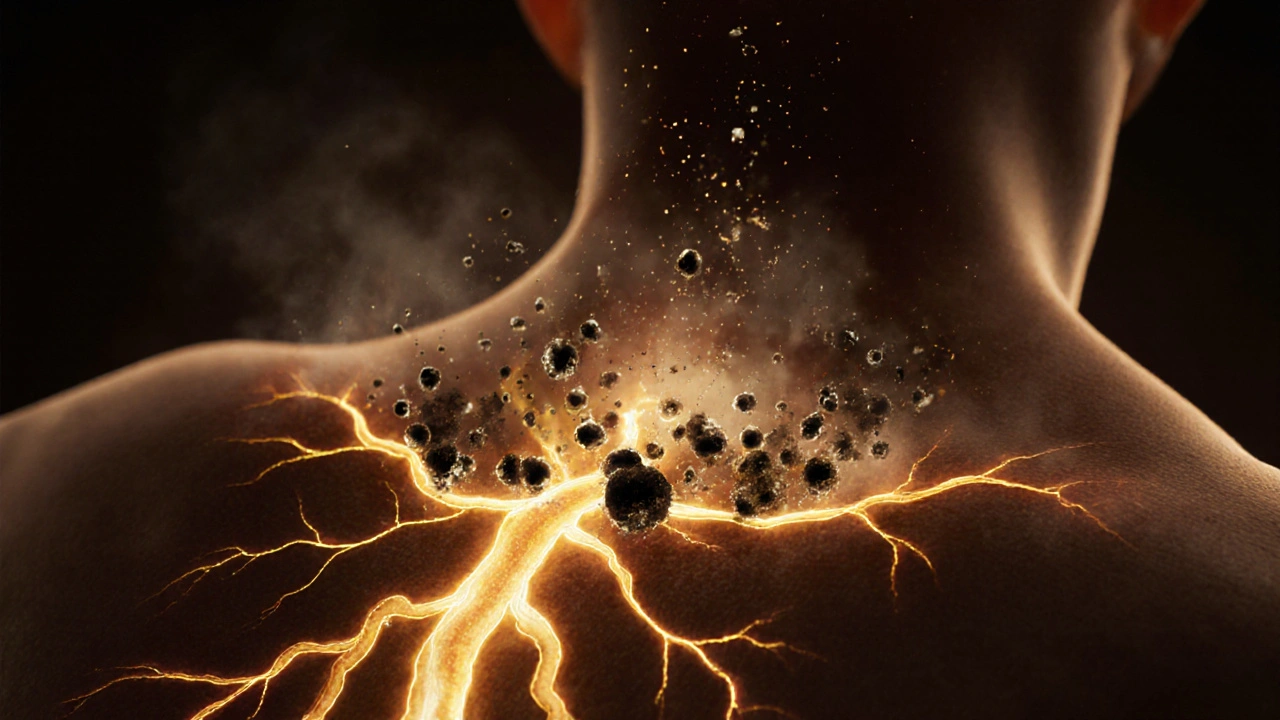
How Often Should You Do It?
For maintenance? Once a week. For deep reset? Three times a week for 2-4 weeks. That’s when real change happens. Many people notice better sleep after the first session. After three, their digestion improves. After six, their skin looks younger, their mood steadies, and they stop reaching for caffeine.
Think of it like brushing your teeth. You don’t wait until you have a cavity. You do it daily because prevention works. Ayurvedic massage is preventive medicine. You’re not fixing a problem-you’re stopping it before it starts.
Where to Find Authentic Ayurvedic Massage
Not every "ayurvedic" spa is real. Many use generic oils and call it ayurvedic to charge more. Look for practitioners trained in traditional ayurvedic schools in India-like Kerala Ayurveda or Vaidyaratnam. Ask if they use herbal-infused oils, not just essential oils. Ask what dosha they’re targeting. If they can’t answer, walk away.
In Sydney, a few clinics specialize in authentic ayurveda. The Ayurveda Centre in Newtown and Keralan Wellness in Bondi both send their therapists for training in Thrissur, Kerala. Prices range from $90 to $150 per session. It’s an investment, but cheaper than years of painkillers, sleep meds, or therapy.
Can You Do It at Home?
Yes. And you should. Even 15 minutes a day makes a difference. Warm a quarter cup of sesame or coconut oil. Rub it into your scalp, then down your arms, legs, and abdomen. Use circular motions on joints, long strokes on limbs. Do it before your shower. Let it sit for 10 minutes. Then rinse with warm water. No soap. Just water.
Do this for 21 days. You’ll notice your skin feels softer. Your mind feels quieter. You’ll sleep better. It’s simple. It’s ancient. And it works.
Is ayurvedic massage safe for everyone?
It’s safe for most people, but not if you have open wounds, fever, severe skin conditions, or are in the first trimester of pregnancy. Always get a patch test if you have sensitive skin or allergies. Avoid it during acute illness. Consult a qualified practitioner if you’re on medication or have chronic conditions like diabetes or heart disease.
How long until I see results from ayurvedic massage?
Many feel calmer after one session. Better sleep usually shows up within 3-5 sessions. Digestive improvements and reduced inflammation often appear after 2-3 weeks of weekly treatments. For lasting change, commit to at least four weeks. This isn’t a quick fix-it’s a rewiring of your body’s natural balance.
Do I need to follow an ayurvedic diet too?
You don’t have to, but it helps. Ayurvedic massage works best when paired with simple dietary habits: eating warm, cooked meals; avoiding cold drinks; and reducing processed sugar. If you’re eating junk food and expecting massage to fix everything, you’ll be disappointed. Think of it like exercise-you get better results when you fuel your body right.
What’s the difference between ayurvedic massage and Swedish massage?
Swedish massage focuses on muscle relaxation and circulation using general techniques. Ayurvedic massage is personalized based on your dosha, uses medicated oils, and targets deeper energetic blockages. It doesn’t just relax-it detoxifies, balances hormones, and resets your nervous system. Swedish is a treat. Ayurvedic is a reset.
Can ayurvedic massage help with anxiety or depression?
Yes. Studies show that regular ayurvedic massage, especially shirodhara, lowers cortisol and raises serotonin and dopamine levels. It’s been used in clinical settings in India to support people with mild to moderate anxiety and depression. It’s not a replacement for therapy or medication, but it’s a powerful complementary tool that works without side effects.

